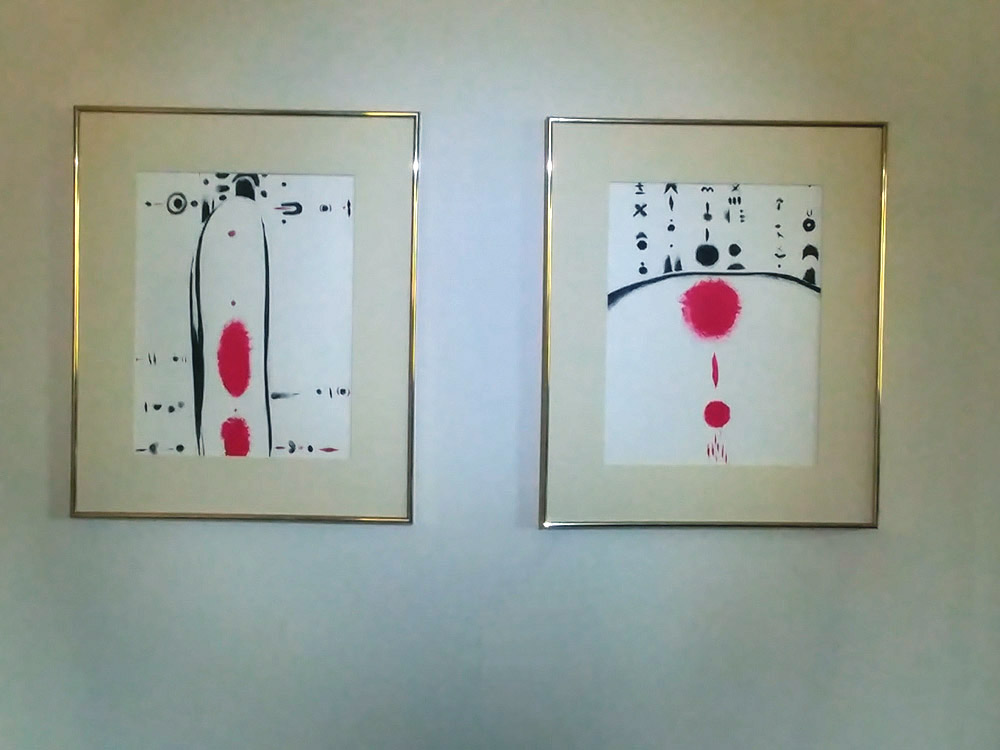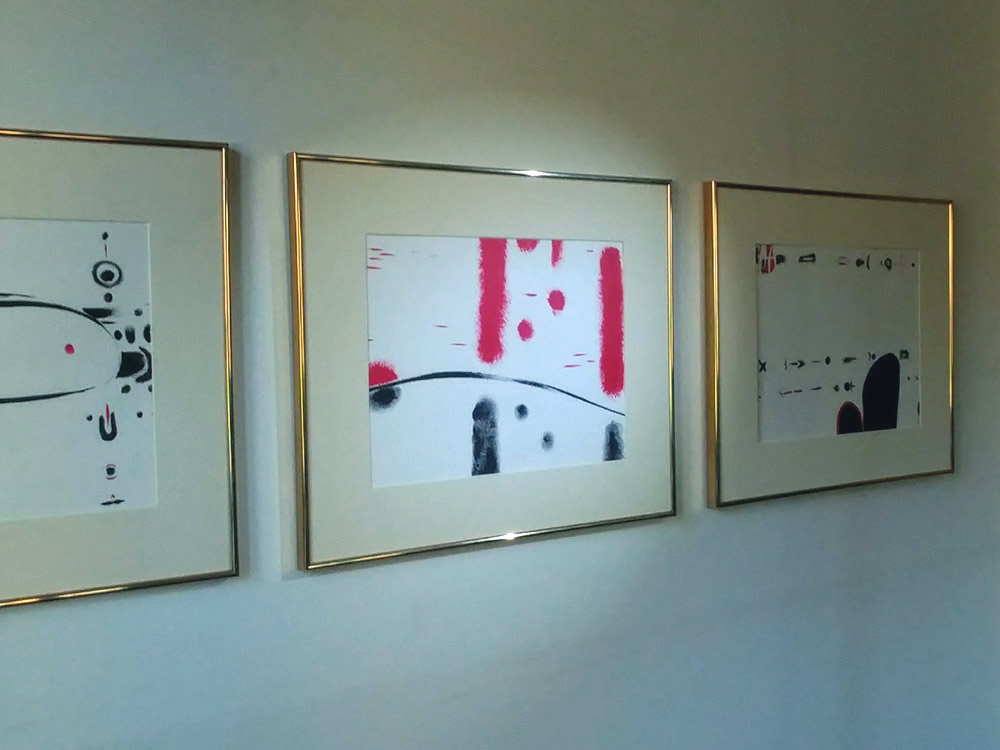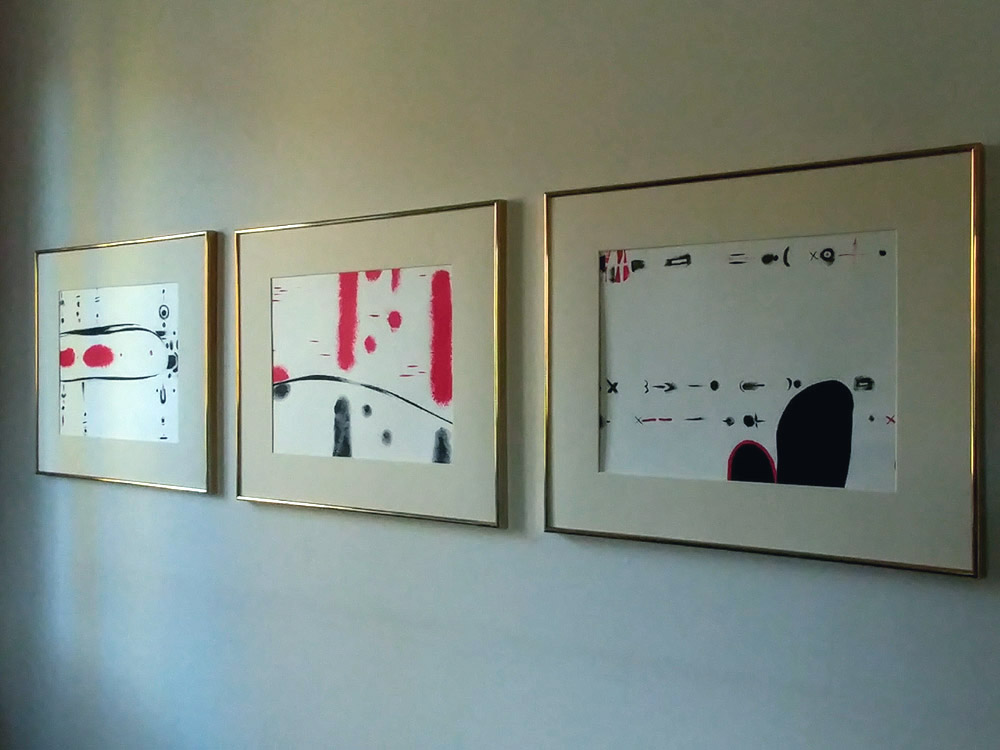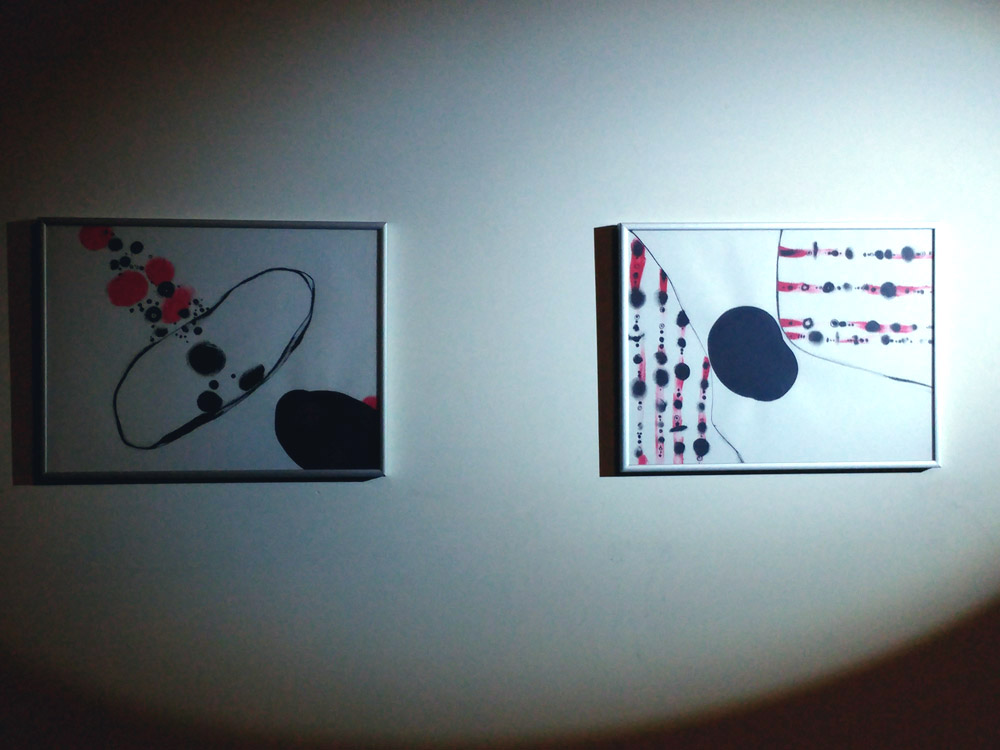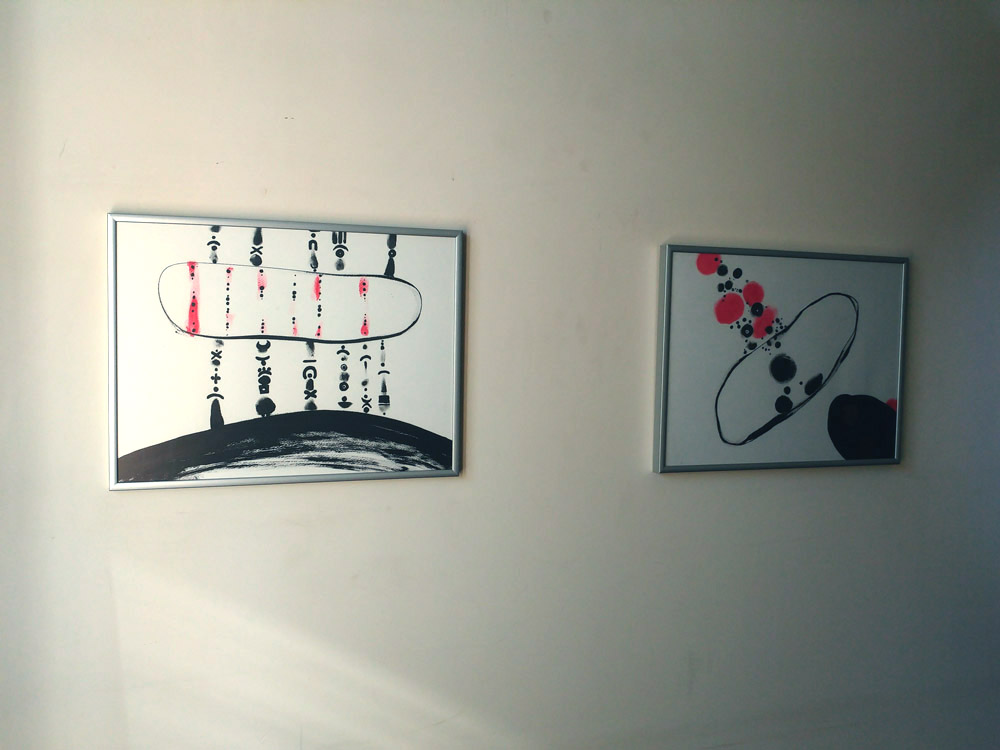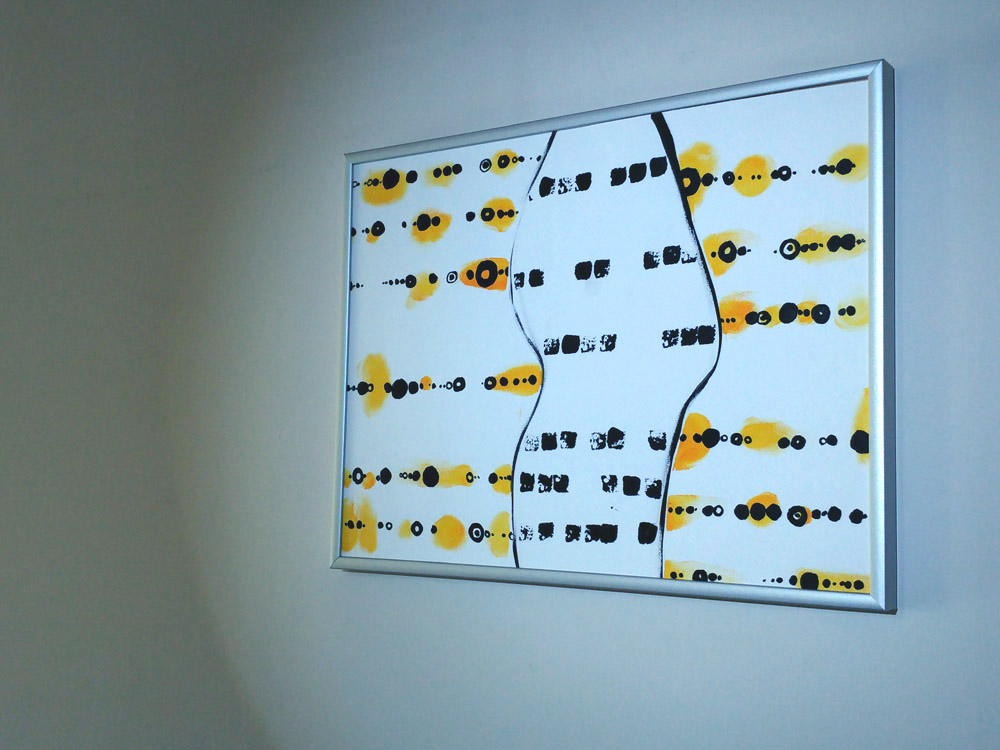Robert Vanecke calligraffiti drawing at IAXAI
|
Robert Vanecke new artworks at IAXAI Robert’s Calligraffiti drawing is a unique form, different from commonly recognized styles of calligraphic art. It acquires the features of abstract symbolism because it does not recognize any rules, while traditional calligraphy is subject to them. As a conscious representative of calligraffiti, Robert breaks from the principles of typography and allows himself to transform and deconstruct letters and combine them with other symbols and signs in a very creative way. Calligraffiti drawing is an art form combining calligraphy, typography and graffiti, integrating letters and signs into complex compositions. Through forms referring to letters, Robert conveys a broader message by aesthetically changing them to go beyond literality, by transforming words and characters, or groups thereof, into complex visual compositions. For Robert, calligraffiti is an aesthetic and intellectual experience, combining tradition with modern uncontrollable self-expression. Calligraffiti drawing is definitely more than traditional handwriting. It is a way to translate commonly known forms into a completely new symbolism. Letters, writing, signs and symbols become an image and an abstraction. On the other hand, shapes and icons become a language. He creates pseudo-calligraffiti as a complete abstraction in which the letters in combination with the characters do not form an unambiguous message: the content is left to the recipient’s interpretation. He prefers to use characters from his own dictionary to create visual compositions, new languages. The technique of calligraffiti is characterized by directness in its entirety and finesse in detail. Even though the first impression may be literal, after a moment of reflection one realizes that his work is metaphorical. Each time, in every calligraffiti drawing, the artist seems to have a clear overall vision of the whole. Robert Vanecke goes from individual shapes to a larger image – a wide, often open composition where individual elements force viewers to reflect and require the author to create the work consciously. The composition is intended to elicit a specific reflection or reaction in the recipient. There is no room for correction: every element of the work arises a la prima – the work method requires the artist’s practice, accuracy and foresight. |
